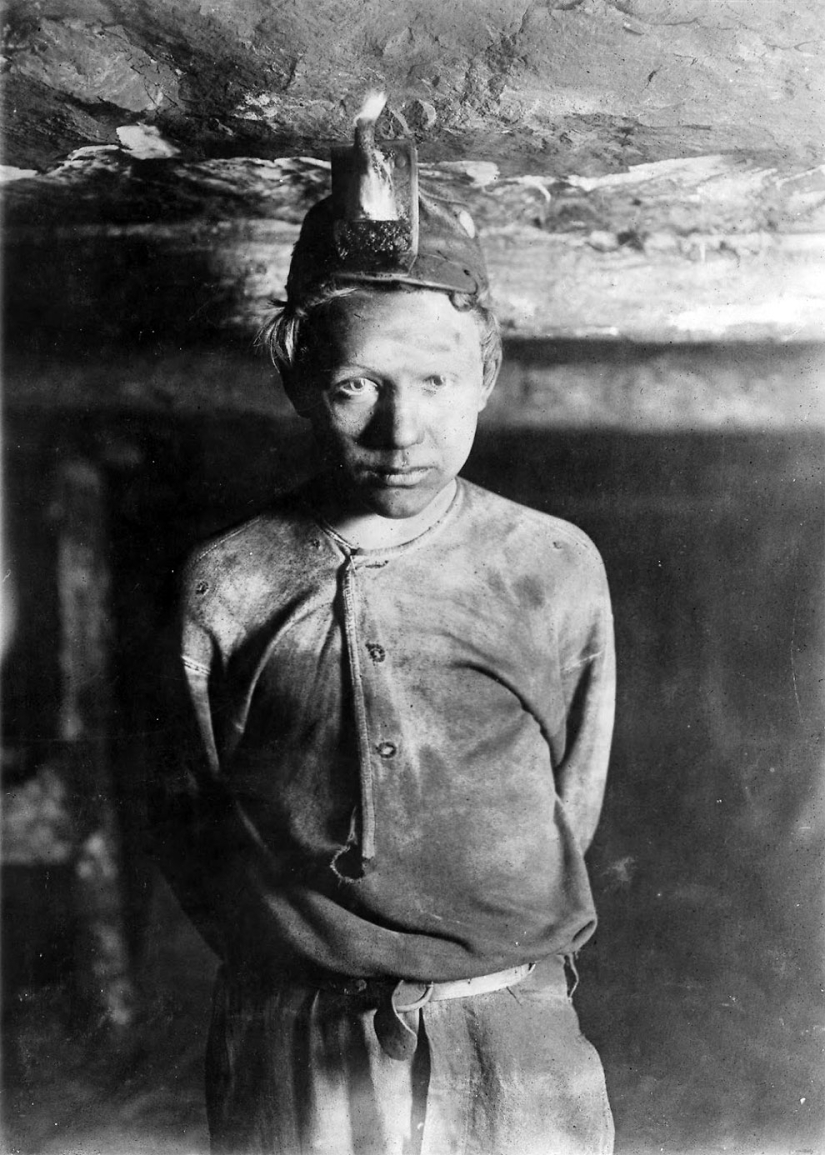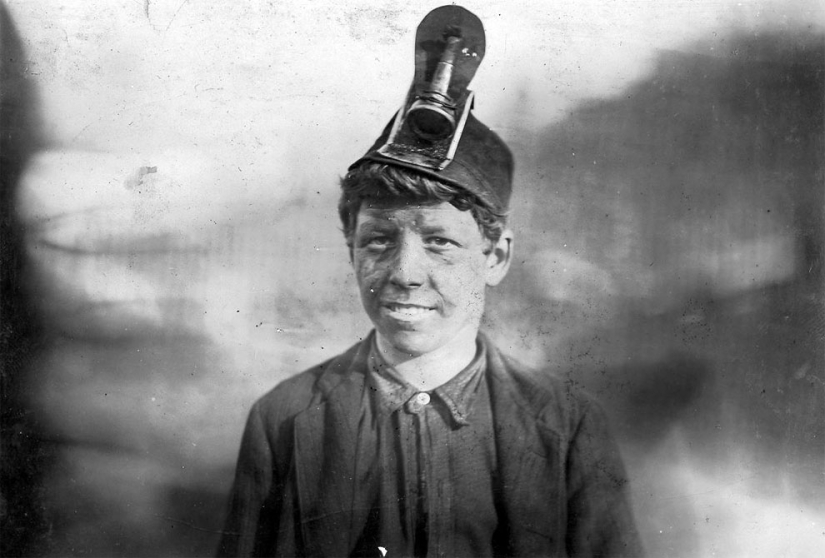Child labor in twentieth-century America: photographs of children in coal and zinc mines
Categories: Children | History
By Pictolic https://pictolic.com/article/child-labor-in-twentieth-century-america-photographs-of-children-in-coal-and-zinc-mines1.htmlAfter the American Civil War, the availability of natural resources, new inventions and a capacious market provoked a rapid development of industry. The demand for labor also increased, and at the end of the XIX and the beginning of the XX century, many children joined the ranks of workers. Wages in factories were negligible, so children often had to work to help their parents earn at least enough for food. In 20 years, by 1910, the number of working children over the age of 15 increased from 1.5 to 2 million.
These little workers rarely experienced the joys of youth. Such a luxury as going to school to gain knowledge and a chance to start a better life was rarely given to them. Hard work caused irreparable harm to the child's health. The children suffered from underweight, stunted growth, spinal curvature, tuberculosis and bronchitis (especially those who worked in coal mines and cotton plantations), not to mention physical and psychological fatigue.
(25 photos in total)
 Source: Design your trust
Source: Design your trust
New York photographer Lewis Hine believed that photography could tell the public about this situation. He traveled around the country and filmed children working at various enterprises, trying to record their stories or at least their age.

Dverovoy is a worker who opens and closes the doors to the mine workings so that the ventilation scheme of the mine is not violated, West Virginia, 1908.
Employers hired children because the pay for their unskilled labor was less than that of adults, and their small hands were better suited to work with small tools. Immigrants and newcomers from small settlements often sent their children to work or worked with them.

At the entrance to a coal mine, West Virginia, 1908.

At the Brown Mine, West Virginia, 1908.

At the Turkey Knob mine, West Virginia, 1908.

Frank, 14 years old. He worked at the mine for 3 years, and spent a whole year in the hospital when he was hit by a trolley and his leg was crushed.

A boy cleans the crumbled rock, Red Star mine, 1908.

A worker at the Bessie mine, Alabama, 1910.

Dave, trolley pusher, Alabama, 1910.

Jim Mcknulty, 15 years old, 1911.

Miners, Pennsylvania, 1911.

Bud boys — ore sorters, 1911.

The butoboys worked hunched over the gutters for 12-14 hours every day.

They sorted the coal and shale that came from the mine.

A miner boy named Angelo Ross. Claimed to be 13 years old, which is unlikely.




Harley Bruce, a worker at the Indian Mountain mine, Tennessee, 1910.

Arlie Fankins, 14, worked at the Barnesville mine, West Virginia, 1908.

12-year-olds Basil Roberts and James Hopper pick zinc from waste at the Aurora mine, Missouri, 1910.

Willie Breeden, 14 years old.


Boys smashing coal, 1911.

James O'Dell pushes the trolley.

Miners at the end of the working day.
Keywords: Child labor | Lewis hine | Workers | Coal | Photographer | Miners | Mines
Post News ArticleRecent articles

Always interesting to learn or discover something new and interesting. The thirst for knowledge and curiosity is what animates our ...

I bet you've had a dream at least once in which your teeth fall out. This is one of the most popular queries in search engines and ...
Related articles

The life of ordinary people is the main part of the country's culture. Italian Marco Sconocchia (Marco Sconocchia) has been living ...

Without a doubt, jeans are universal clothing that unites people of different nations and continents, religions and beliefs, age ...

If there is a problem, there is a solution. Humanity has invented a lot of tools for a variety of tasks, but if we see and use an ...

Everyone knows that annoying advertising letters sent by email are called spam. But few people thought about what this word means ...